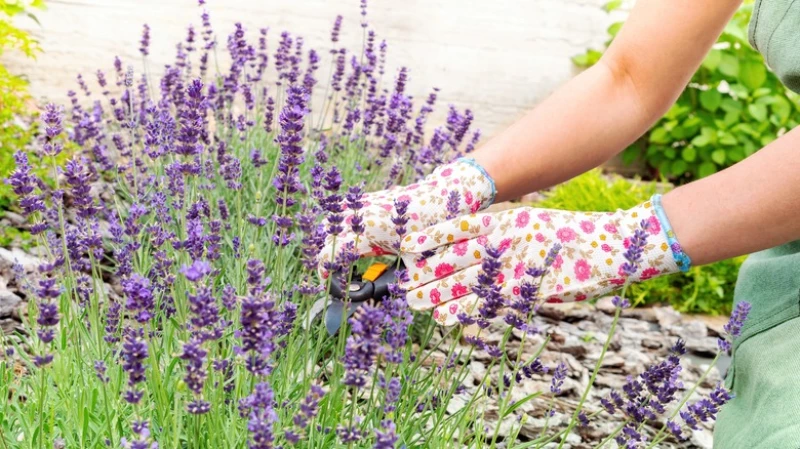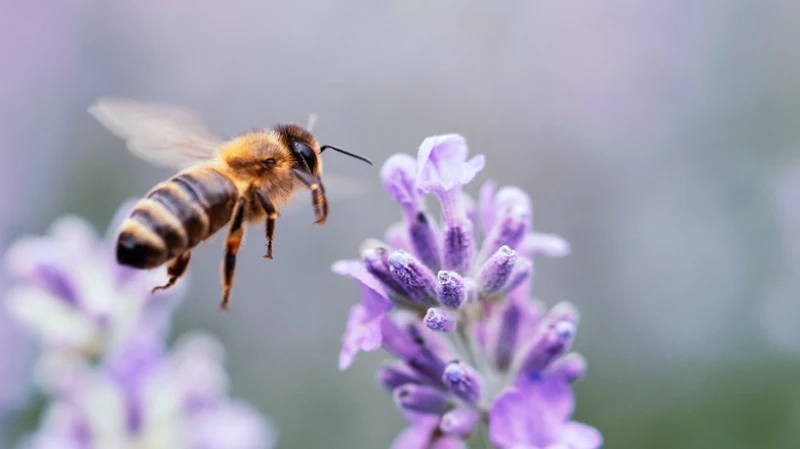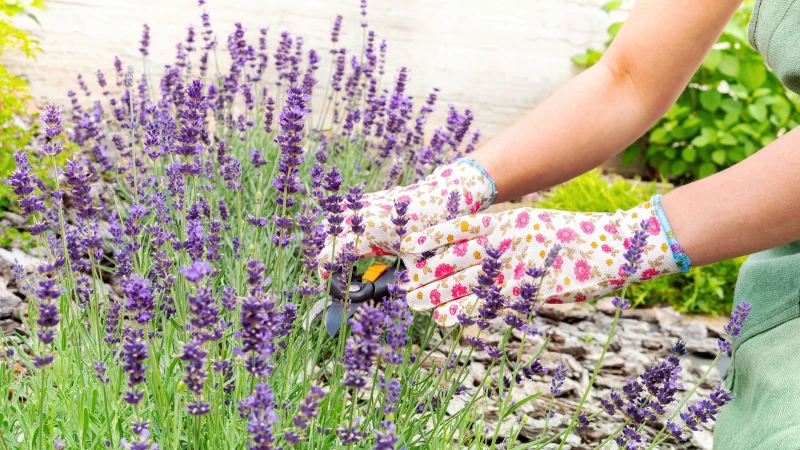Lavender, known for its vibrant color and delightful fragrance, is a beloved plant among gardeners. This bushy perennial with tall stems and beautiful purple flowers requires minimal upkeep and flourishes in Mediterranean climates. For those residing in Hardiness Zones 5 to 10, lavender is an excellent addition to any garden. Planting lavender offers numerous benefits, including its natural ability to repel pests from your crops while attracting beneficial insects. This makes it a popular choice for companion planting. Additionally, lavender is a favorite of tomatoes, a staple in summertime gardens.
The Benefits of Pairing Tomatoes and Lavender in Your Garden

Tomatoes and lavender make an excellent pairing in the garden due to the mutual benefits they provide each other as companion plants. While they thrive together, it's essential to consider their slightly different growing requirements to ensure a successful partnership.
One crucial factor to keep in mind is the watering needs of tomatoes and lavender. Tomatoes require more water compared to lavender, so it's important not to overwater the lavender while tending to your tomato plants. Both plants prefer full sun, warm climates, and sandy loam soil, creating an ideal environment for them to flourish.
Once established, this dynamic duo offers various advantages. Lavender acts as a natural pest repellent, keeping common pests that bother tomato plants at bay. Additionally, lavender aids in speeding up the pollination process, attracting pollinators like bees and butterflies to your garden.
Pollinators Enhance Your Garden
By planting lavender near your tomatoes, you can increase the presence of pollinators such as bees and butterflies in your garden. These beneficial insects play a vital role in helping tomato plants set fruit, leading to a bountiful harvest of juicy tomatoes.
While tomatoes are self-pollinating, they still benefit from the assistance of pollinators like bees. Bees facilitate the fertilization process by moving the plant's flowers, aiding in pollen release and fruit development. Lavender's properties also help calm bees, reducing their aggressiveness and creating a harmonious environment in your garden.
In addition to attracting pollinators, lavender acts as a natural insect repellent, deterring unwanted pests like whiteflies that can disturb tomato plants. Embrace the beauty and functionality of this plant pairing to create a thriving and balanced garden ecosystem.
The Power of Lavender: Natural Pest Repellent for Your Garden

Protecting your tomato plants from destructive pests like whiteflies and aphids can be a challenge for any gardener. However, there is a natural solution that not only keeps these unwanted visitors at bay but also adds beauty and fragrance to your garden - lavender.
Whiteflies, known for their rapid reproduction and ability to damage tomato plants, can be deterred by the strong scent of lavender. By planting lavender near your tomatoes, you create a barrier that confuses and repels these pests, preventing them from infesting your plants.
In addition to whiteflies, lavender is also effective against aphids, another common tomato plant pest. The aroma of lavender is intolerable to aphids, making it an excellent companion plant for your garden. By planting lavender alongside your tomatoes, you not only protect them from harmful insects but also promote a healthy and thriving garden ecosystem.
So, if you're looking for a natural and effective way to keep pests away from your tomato plants, consider adding some lavender to your garden. Not only will it enhance the beauty of your outdoor space, but it will also help you cultivate a bountiful harvest without the need for harmful chemicals.







